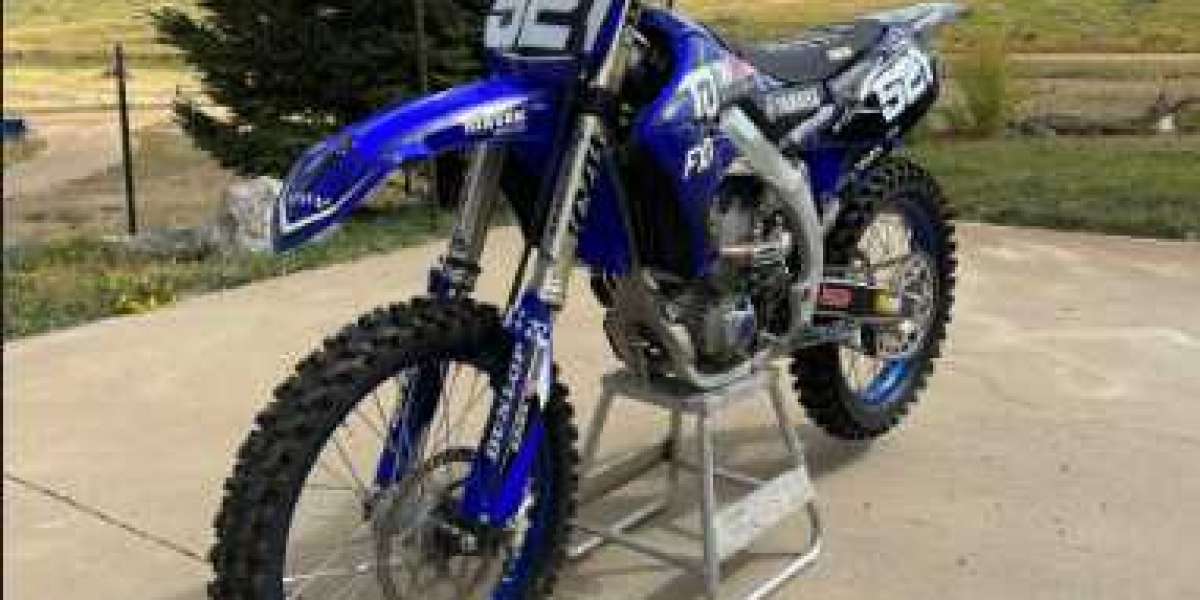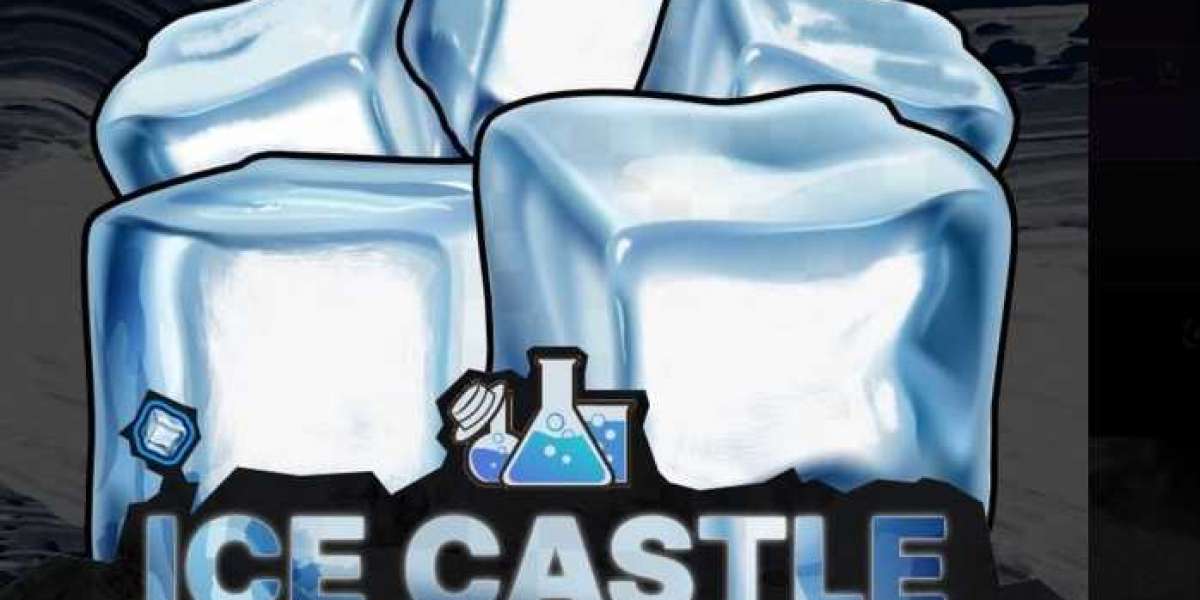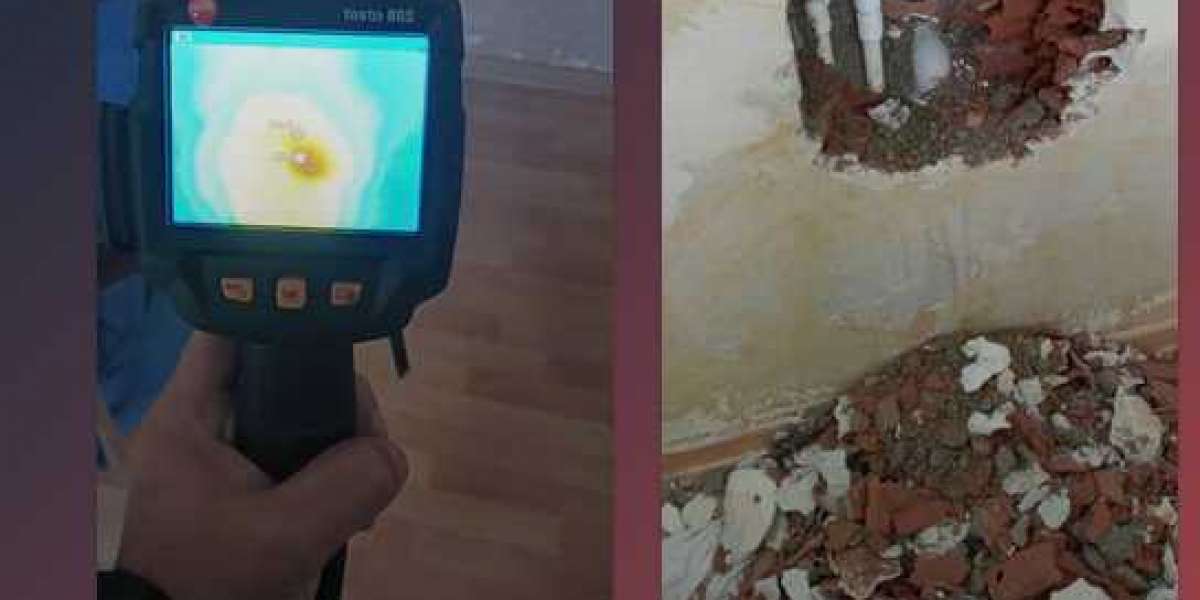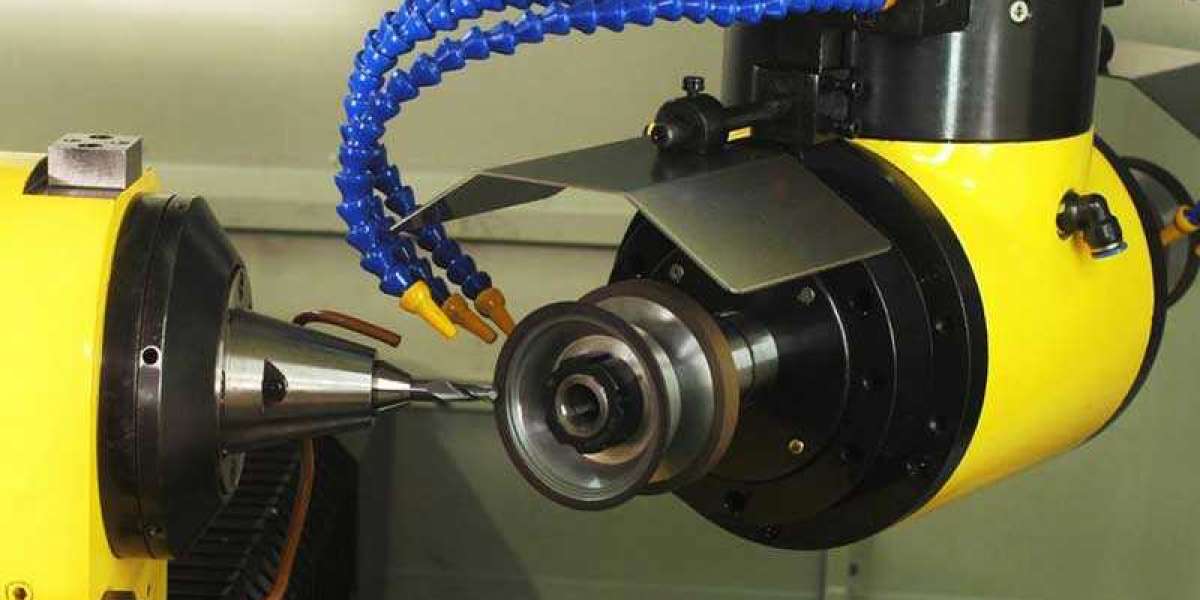When it comes to dirt biking, selecting the right motorcycle is crucial for a safe and enjoyable experience. With an array of options available, choosing one that fits your skill level can be daunting. This comprehensive guide will explore how to select the perfect dirt bike based on your experience and riding style.
Understanding Your Skill Level
Beginner
As a beginner, you are likely still familiarizing yourself with the basics of dirt biking. This includes learning how to balance, throttle control, braking, and navigating different terrains. A lightweight and manageable bike is essential for building skills and confidence.
Intermediate
Once you’ve gained basic skills, you may consider yourself an intermediate rider. At this stage, you’ll start to explore more challenging terrains and techniques. Intermediate riders typically look for dirt bikes that offer increased performance without sacrificing control.
Advanced
Advanced riders are usually seasoned veterans of dirt biking, often seeking adrenaline-pumping rides on challenging courses. These riders tend to prefer high-performance bikes that can handle aggressive riding styles and tougher obstacles.
Key Factors to Consider
Engine Size
The engine size is one of the most critical attributes of a dirt bike, measured in cubic centimeters (cc). As a general rule of thumb, higher cc means more power and speed.
Beginners: Look for bikes in the 80cc to 125cc range. These bikes are typically lighter and easier to handle.
Intermediate: Bikes in the 125cc to 250cc range will provide the extra power you need for technical terrain.
Advanced: Riders at this level often choose bikes in the 250cc to 450cc range, capable of handling extreme conditions and speed.
Weight
The weight of a dirt bike plays a considerable role in how easy it is to handle.
Beginners: A lighter bike is easier to control and maneuver, which is perfect for learning.
Intermediate Advanced: As skills improve, slightly heavier bikes can be more stable and offer better performance but may require more strength to manage.
Seat Height
Proper seat height is crucial for rider comfort and control.
Beginners: Opt for a bike with a lower seat height, allowing you to place both feet firmly on the ground.
Intermediate: A moderate seat height can help you improve your riding technique.
Advanced: Advanced riders usually prefer higher seat heights for better ground clearance and handling, especially in off-road situations.
Suspension
The suspension system significantly influences how a bike handles various terrains.
Beginners: Simple suspension systems with adequate travel are suitable as they help absorb shocks without overwhelming the rider.
Intermediate: More advanced suspension systems allow for finer tuning and better traction on uneven surfaces.
Advanced: Riders often require top-of-the-line suspensions that provide maximum clearance and can withstand aggressive riding styles.
Type of Riding
Different dirt bikes are designed for various types of riding scenarios.
Trail Riding: If you plan on tackling forests and trails, look for a trail bike specifically designed for endurance and comfort, usually in lower cc ranges for beginners.
Motocross: For those interested in racing on prepared tracks, a motocross bike provides speed and agility, usually in the 125cc to 450cc range. These bikes are lightweight and built for quick acceleration.
Enduro Riding: Enduro bikes are a middle ground, suitable for both trails and races. They often come equipped with additional features for various terrains.
Brand and Model Reputation
Certain brands are known for their quality and reliability, which can play a significant role in your decision-making process. Research widely-recognized brands in the dirt bike community, such as Honda, Yamaha, Kawasaki, and KTM. Each brand may have specific models better suited for varying skill levels.
Budget Considerations
Your budget will ultimately influence your decision. Remember that dirt biking involves more than just the purchase of the bike; consider costs related to safety gear, maintenance, and insurance.
New Bikes: If you’re a beginner, investing in a new entry-level bike can ensure you have the latest technology and support. However, new models can be pricey.
Used Bikes: Consider purchasing a used bike to save money while you’re still learning. Just ensure it’s in good condition and meets your skill level.
Additional Considerations
Safety Gear
Before hitting the trails, invest in appropriate safety gear. This includes a helmet, gloves, riding boots, and protective clothing. This gear is crucial, especially for beginners who are still learning the ropes.
Test Riding
Whenever possible, test ride a motorcycle before making a purchase. Getting a feel for the bike’s weight, balance, and controls can help you determine whether a particular model is right for you.
Joining a Community
Engaging with local dirt biking communities can provide invaluable insights. Forums and local clubs are filled with experienced riders who can offer guidance and recommendations tailored to your skill level.
Conclusion
Choosing the right dirt bike in accordance with your skill level is not just about performance; it’s also about safety and enjoyment. Take your time to assess your current abilities, consider your future goals, and investigate various options. Following the guidelines laid out in this article will help you make a well-informed decision, allowing you to hit the trails with confidence and enthusiasm.
Remember, dirt biking should always be fun. So choose a bike that excites you and helps you grow as a rider! Happy trails!








